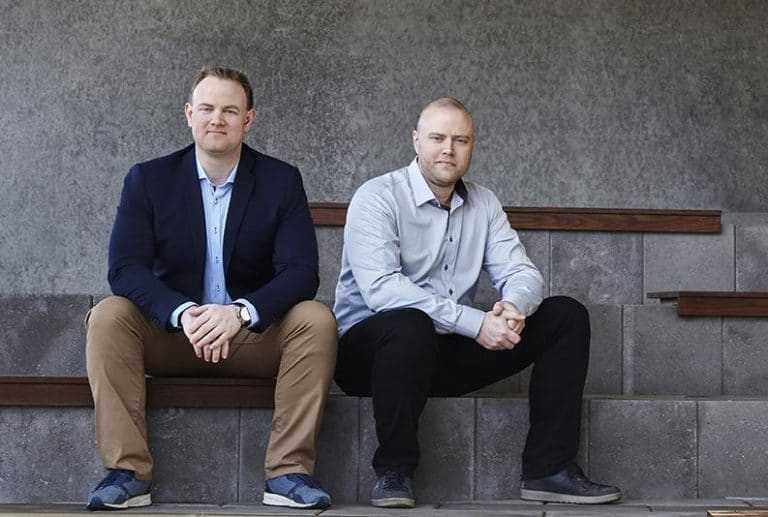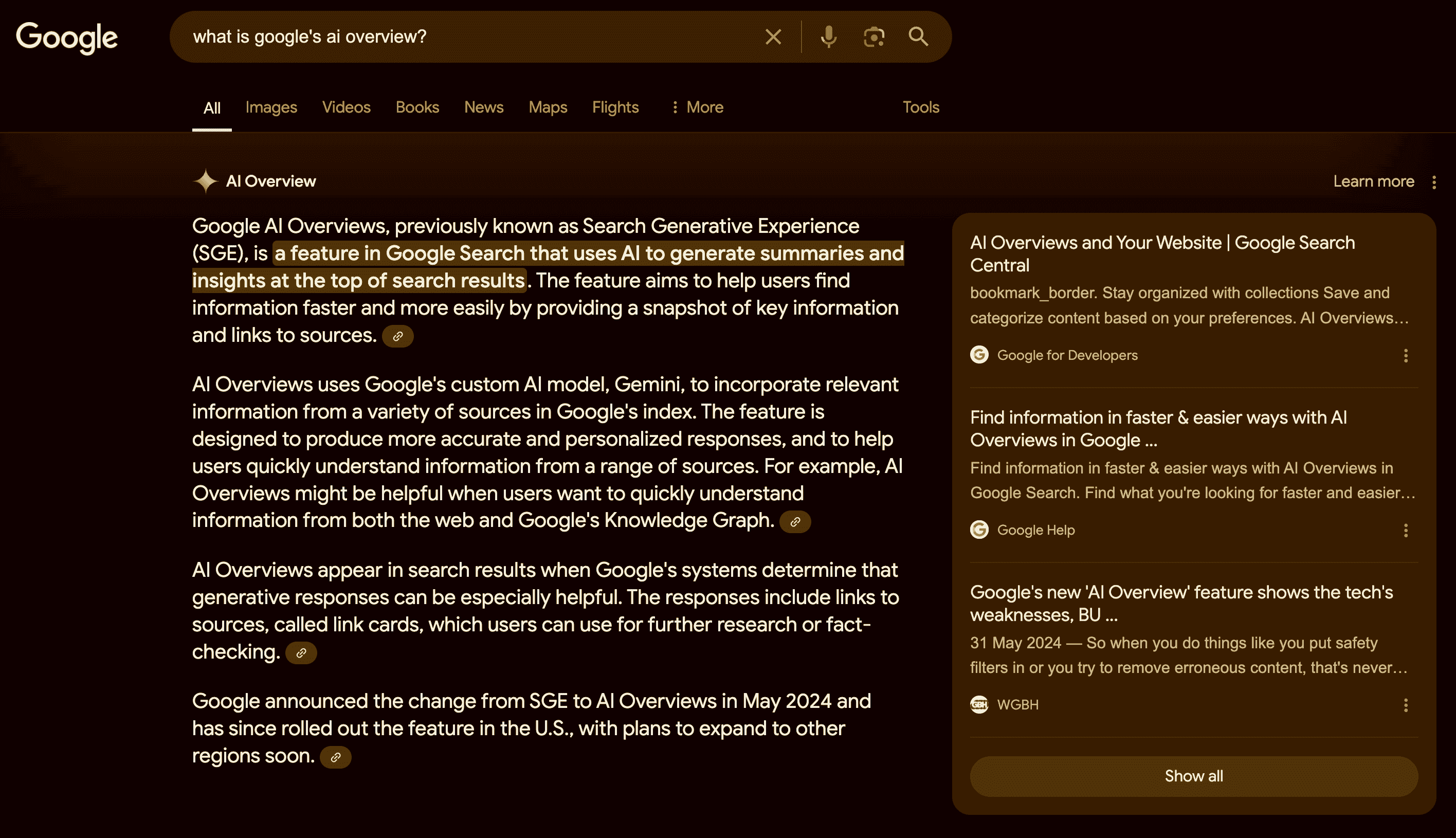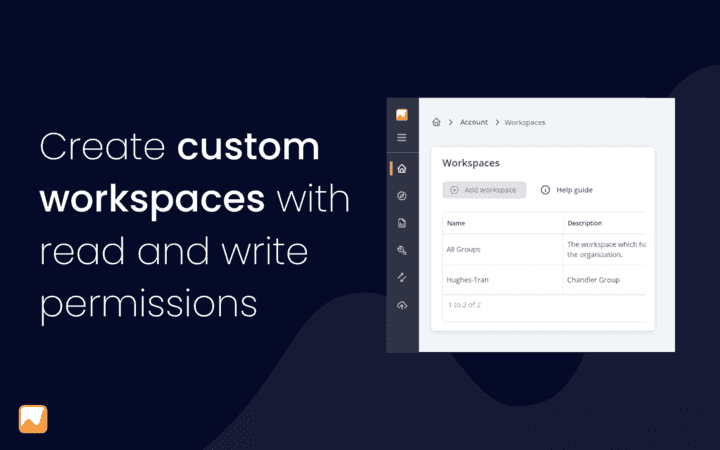7 Smart Tips to Increase Your Chances of Getting Media Exposure
Last updated on Thursday, November 1, 2018
Media coverage is a valuable asset for any business, although acquiring it is an art form in itself. In this article we’ll discuss 7 important tips to get media exposure. With the right strategy, brands are able to achieve media exposure with a fairly reasonable success rate.
Benefits of Media Exposure
There are plenty of good arguments for having a PR strategy for one’s business and consistently working towards brand mentions in relevant media.
The obvious first benefit is that media exposure can improve the visibility of your business.
Likewise, effective PR execution can boost a brand’s profile and generate social proof – allowing businesses to possess valuable “As Seen On” logos on their website’s homepage.
And further to publicity and brand awareness, media exposure also has SEO benefits; brand mentions on major news sites can also provide valuable backlinks to your website that improve search rank.
However, all of these benefits require that you as a company have a clearly defined branding strategy. You must know your own identity and have clearly defined values.

How to Get Media Exposure For Your Brand
Now that you firmly understand the benefits of getting media attention, it’s time to explore the nuances of the press work required to fulfill your business goals.
How Do You Get in the Media?
Receiving media attention requires that you have a compelling story and that you can pitch it thoughtfully to carefully selected, relevant media outlets.
Below you will find 7 concrete tips to help you get published in the media.
1. Craft a Compelling Story
If you are to successfully obtain brand mentions on popular media you’re going to need to think like a journalist and use similar methods to qualify a story.
When a journalist decides whether or not they have a good story, the journalist considers five commonly understood news criteria which reads as follows:
- News: Is the story in any way current?
- Importance: The story must be significant for a large group or very important for a smaller group.
- Relatability: To what extent can the reader be presumed to identify with the content in the story?
- Sensation: Is the story in any way sensational?
- Conflict: Is there a conflict or problem and a resolution in the story?
The more of the above criteria that your story meets, the greater your chances of getting published in the media and shared across social platforms.
You should always try to tell your story in such a way so that it meets as many criteria as possible.

2. The Story is the Focus, Not Your Business
If your press release sounds like an advertisement, you can be sure that it is going to wind up in the journalists’ trash. Journalists are looking for editorial content, not advertisements.
Therefore, it’s important that you place your focus on telling a compelling story and not delivering a lot of sales pitch for your business.
Of course, your business must be woven into the press release so you get a valuable brand mention, but always try to keep it as discreet as possible.
3. Build Your Press Release Like an Article
The structure of your press release should imitate the structure of articles that are already on the website you are trying to get published on.
Most often, an effective press release will have the following structure:
- Heading
- Cuffline – Bread text
- Middle heading – Bread text
- Middle heading – Bread text
Although it may be tempting to make a clickbait headline, I would not recommend it. Instead, try creating a caption that briefly and precisely outlines the content of the article. Editors may sometimes love clickbait, but journalists don’t.
I also recommend that you build your press release after the “news triangle”. If you are not familiar with this, you can read more about it here.
In short, a news triangle is about bringing the most important parts of the story first.
4. Choose Media Websites Carefully

It is very important that you choose the right media website to pitch your story. All mainstream media sites are not created equal in terms of your niche and audience -it’s important to work towards getting your article published on industry journals and other websites that have authority in your market.
Extra Magazine and Politics are both news media, but their voice, focus, and how they disseminate new is very diverse, and the same could be said about their target audiences.
Geography and overall themes tend to be the most crucial factors when deciding where to have your article published.
It’s probably not a big surprise that it’s usually easier to get in local media websites than in nationwide press.
For companies that primarily operate in a single region, there’s typically as much value in the local newspaper as in being mentioned in one of the larger newspapers.
It’s a lot about which target group your ideal media chooses to focus on.

5. Run Different Versions of the Same Story
Now that you know which media outlet you have in mind for your story, it should be an easier task to tailor your press release for their audience.
Sometimes it makes sense to produce several different versions of the same story. It is not atypical that you write a press release targeted to readers of local newspapers in addition to a broader press release.
Making different versions of the same story will lower the amount of effort required to run your campaign, while helping to make the journalists work as easy as possible. Most of all, they should be able to copy the press release and bring it as it is.
6. How to Deliver the Perfect Pitch
Once you have written a perfect press release, now it’s time to pitch it to your carefully selected group of publishers.
There’s a number of ways in which you can produce and disperse a press release, and the method you choose depends greatly on how many resources you have.
Are you pressured for time?
If you do not have a lot of time to launch your PR campaign, my recommendation is that you use one of the many available platforms for sending press releases in bulk.
MyPressWire is one of the larger and more popular of its kind. This tool is effective for larger companies as you can quickly find the media that are best suited to your company –in terms of both geography and industry.
Likewise, your story will be on the MyPressWire website itself, and there are many news media, especially the smaller ones, who find their stories there.

Is time not a factor?
If you have a relatively good amount of time to facilitate your PR campaign, I recommend that you investigate which journalists and media have previously written about the topic that your story is about.
Which journalist will you choose?
It always makes sense to pitch stories to journalists who have already shown interest in the topic that your story deals with.
It’s usually pretty easy to get contact information for individual journalists –typically you can click on their name at the top of the article and get an email. Other times, Google Search or Linked In will make finding contact information for journalists easy.
7. Have a Clear Visual Identity
It is very important that you have some good pictures for your PR campaign. This is an area where it does not make sense to do a half-hearted effort.
If you convey a blurred picture of you and your employees, you’re revealing that image quality is not something you’re concerned with which can leave a bad impression of your business.
We always advise our customers to take sharp professional press release images taken by a professional photographer, as it always pays off in the long run.
Below you can see a few examples that we believe represent our high professional standard and set the bar for company PR campaigns.


If you do not have the resources to hire a professional photographer, you can easily try it yourself. Any modern smartphone can potentially take really great pictures, so if you read a bit about lighting and image compilation rules, you can effectively take some quality photos.
The Perfect Pitch Procedure - For Large Media Website
Media Match-Making
First, we find the perfect media and match you with the ideal journalist for the dissemination of your story. Then we prepare a pitch email for that person. The email must contain three to four lines of the story itself, the press release and pictures for the story.
Introductory Call
Once our pitch email is completed, we give the reporter a call and pitch the story verbally. We never send the email before the call. We’ll only write it in advance so it’s ready to be sent quickly.
Through the call we explain briefly and efficiently what the story is about and why we think it fits in with their media outlet. If the journalist sounds open, we ask if we may have permission to send a little more material about the story.
This is why the journalist always says yes.

Pitch Email
By this point the pitch email is ready and we send it out while we are talking to the journalist.
That way we have the ability to check that the mail arrives and winds up in the right hands. The call creates a personal relationship between us and the journalist, which makes our pitch email likely to be taken more seriously than those who just send a cold email.
Follow Up Call
Then there is a little wait, where we typically fold our hands, pray to higher powers and hit the cross’s chest sign a couple of times. Just kidding. Instead, we continue to work hard on our next pitch while we keep a watchful eye on our email.
If our story does not appear in the media, we usually call the reporter and follow up with them. This provides a chance to understand any rejection –a great way to learn what to do better next time.
The follow-up call should always take a courteous and helpful approach. For example, you can call and ask if you can help remove any roadblocks to being published. This is so the call does not seem too overbearing.

Good Luck with Your Future PR Efforts
I hope you found these tips useful and find success with your PR efforts. These are the successes that breed motivation.
It’s normal to fail a few times before you find success – keep trying and learning from your experiences. If you follow the steps above and have a great story, you’re one step closer to running a successful PR campaign with mainstream media.

Article by:
Simon Elkjær
CEO and Senior Consultant at the SEO & Content Marketing agency Nutimo. He has been working in digital marketing since 2007 and has been creating websites since he was 10 years old.
-




